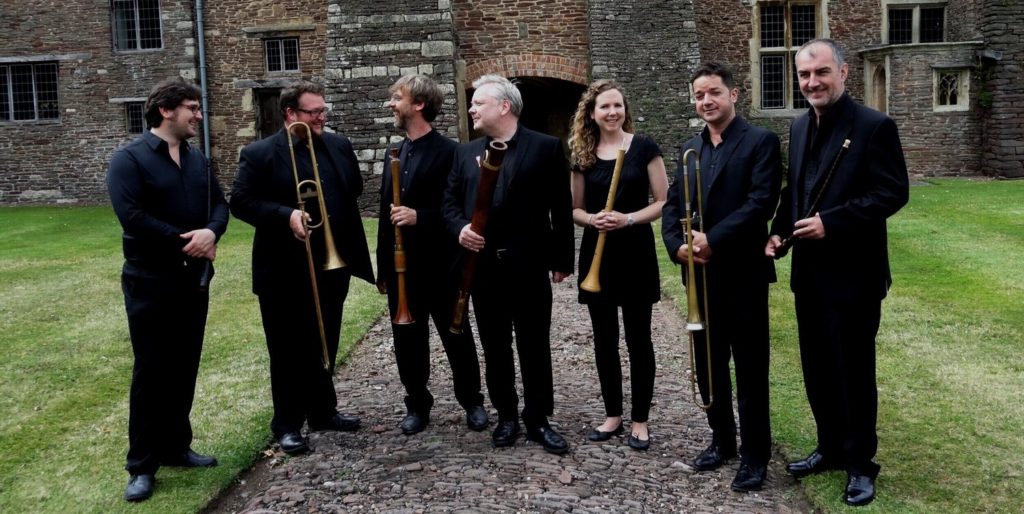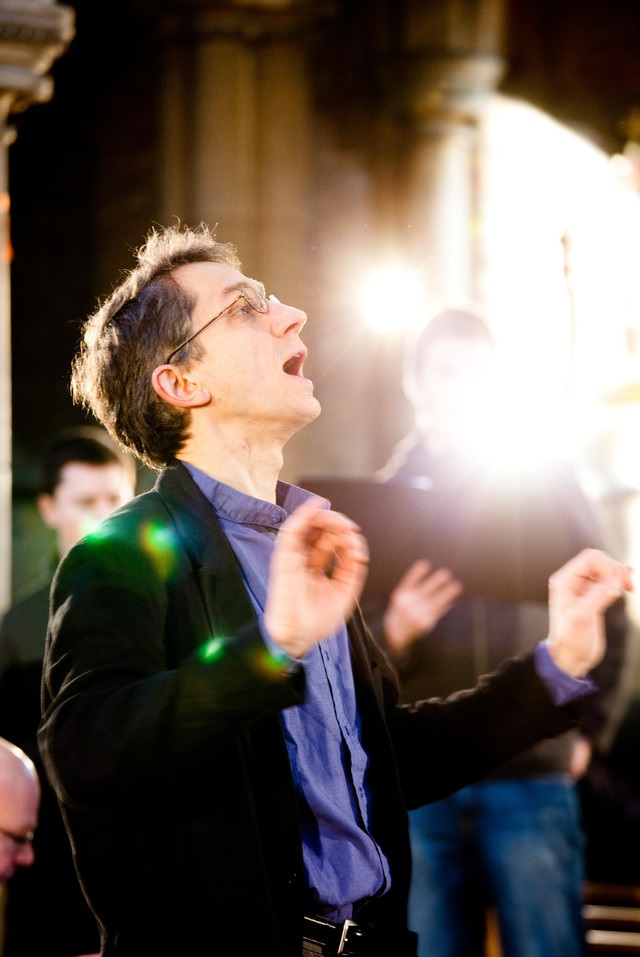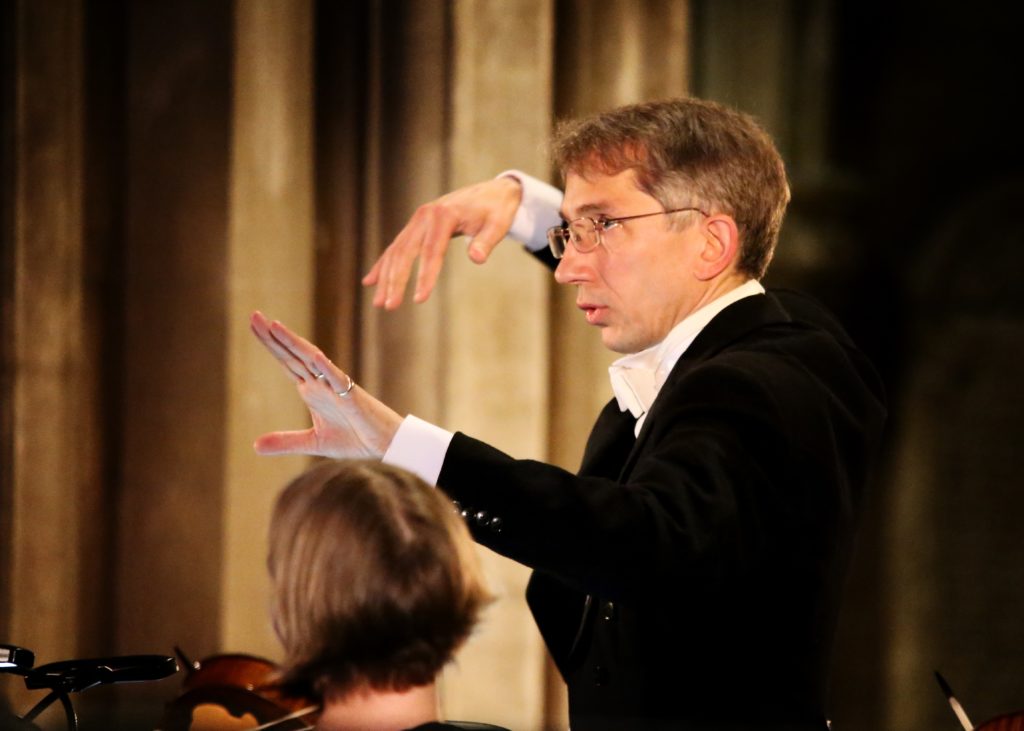
York Early Music Festival: The City Musick, The Count and The Duke: A Renaissance Big Band, Sir Jack Lyons Concert Hall, University of York, July 7
IN the YEMF brochure, director William Lyons said: “With a band of 20 musicians, The City Musick presents a homage to the iconic recordings made by David Munrow in the 1970s, but with a modern twist”. Which is exactly what we got, with a jazzy title too. The Count and The Duke: A Renaissance Big Band.
Praetorius’s opening rustic welcome was indicative of what was to come: gorgeous sounds, ripples of florid decoration, music of such intimacy and balance. Balance, I think, is key here.
The Renaissance Big Band was arranged into groups of soft instruments: strings (the splendid Monteverdi String Band) and woodwind, plus the (not very) loud instruments – brass, keyboard, lute and theorbo, and percussion.
This also gives us a link to the ‘big band’ set-ups of the great Duke Ellington and Count Basie that were also grouped into instrumental sections: saxophones, trumpets, trombones, and rhythm.
The way the instrumental groups engaged with each other throughout the concert was especially rewarding. Firstly, the alternating loud and soft instrumental groups meant that these contrasting exchanges were inherently employed to gentle dramatic effect.
They also reinforced the Renaissance dance music, adding another (gentle) dramatic layering. For example, the second-half collection of Masque arrangements of Robert Johnson, John Adson and William Brade.
Not only did the opening string section pass on the musical baton to the brass section, but there was also role play involved in these courtly dances. The strings asked the brass players to join the courtly dance; the music was seductive and invitational. And readily accepted.
We were also able to enjoy the musical moment as the individual ensembles embellished their own musical offerings before the exchanges and then collectively signing off. We could also savour the timbres, the instrumental tone colour.
Like the delightful intimacy of strings and theorbo in Praetorius’s Courante, the woodwind and percussion in the Suite des Bransles arrangement and the extraordinary wind sound when joined by the uniquely rasping racket in Susato’s Suite des Rondes.
The arrangement of Thoinot Arbeau’s Suite des Branles was arguably the most memorable contribution of the first set, with its ground-bass ushering in other instrumental players, metric (hemiola), syncopated gear changes and infectious foot-tapping music designed to put a smile on your face. Or as Count Basie put it: “If you play a tune and a person don’t tap their feet, don’t play the tune.”
Then there were the John Skene English Country Dances arrangements. They were performed by bagpipes and a hurdy gurdy. Bagpipes, surely not! But music for the original country dances of the (English) villages were indeed played by a bagpipe. Don’t know about the hurdy gurdy. The pastoral, chocolatey tunes were a delight.
And then we had the promised modern twist, notably in William Lyons’s arrangement of Maurizio Cazzati and Tarquinio Merula’s Ciaccona. Here a simple ground-bass is joined by weaving lines of string variations, then by the other players in a sound world reminiscent of Pachelbel’s Canon. Maybe. There also seemed to be echoes of the Penguin Café Orchestra and minimalism: the signing-off with striking woodblock hits and pizzicato strings recalled music by John Adams. Well, it did for me anyway.
Review by Steve Crowther


